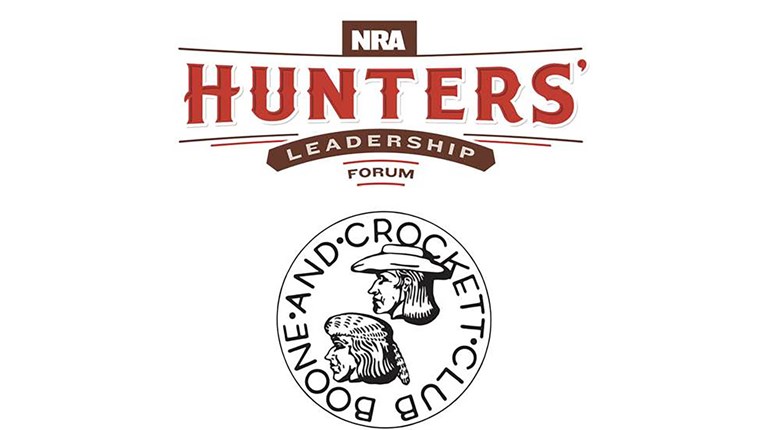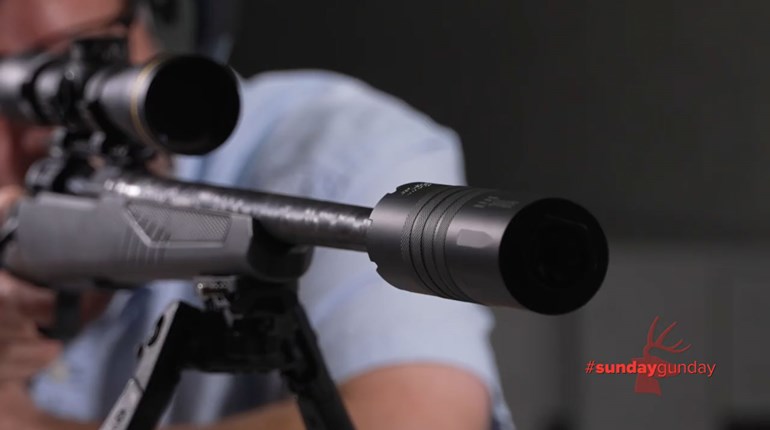
In 1899, 51-year-old railroad magnate Edward H. Harriman was one of the richest, most successful and influential businessmen in America. But the pressure and pace of his hard-charging lifestyle was taking a toll on his health, and his physician strongly suggested that he consider an extended sabbatical. Harriman was not one to kick back and lie on the beach, so if he were to take a vacation it would be on his own terms. He chose to go to Alaska. And hunt a bear.
In preparation for the trip, he had one of his steamships—the 250’ SS George W. Elder—converted into a luxury liner, then set about inviting specific people to join him on the two-month trip north. Members of that select group could hardly say no, as all expenses during the cruise along the Alaskan coast would be paid by Harriman.
In addition to hunting, sightseeing, and general relaxation, the Harriman Expedition, as it was coming to be called, also had a serious scientific bent. Readily agreeing to go along were three Arctic experts, the most famous being the conservationist John Muir; five botanists; 11 biologists and zoologists; five geologists and geographers; six artists and photographers; and two writers: George Bird Grinnell, the editor of Forest and Stream magazine, and John Burroughs, America’s most well-known nature writer.
Harriman also brought along a medical team, hunters and packers, guides and taxidermists, and a chaplain. Counting his family and household servants, in addition to the crew of the Elder, the total number of people onboard totaled 126.
Under Harriman’s watchful eye, tons of cargo were loaded into the ship’s hold. To the general luggage were added scientific equipment, hunting rifles and ammunition, a complete photo darkroom, a piano, a library of some 500 books about Alaska, cigars, brandy, champagne, even livestock: “eleven fat steers, a flock of sheep, chickens, and turkeys, a milch (milk) cow, and a span of horses,” wrote John Burroughs.
The bear hunting began once the expedition reached Glacier Bay—today’s Glacier Bay National Park and Preserve—where tidewater glaciers calve off huge chunks of ice into the sea, a spectacular sight and force of nature. John Muir had made a previous, extended trip to the area in 1890, erecting a small cabin at the foot of a glacier. He informed Harriman and his cadre of hunters of a gap in the glacier, which he called Howling Valley because of the many wolves he’d heard there. He said he’d also seen tracks of many big-game animals: bears, caribou, and mountain goats.
But nine years is a long time, and much can change. After spending two days hiking 18 miles to the location, the hunters saw no game in Howling Valley, returning to the Elder cold, wet, hungry, and disappointed. One of the hunters wrote in his diary, “we not only saw no signs of life, but not a single track.”
Five weeks later, Harriman had another opportunity to go bear hunting, and chances were good that this time he would at least see a bruin. The Elder had arrived at Kodiak Island, twice the size of New York’s Long Island. Known for its large population of Alaskan brown bears, a subspecies of the grizzly, male browns may weigh as much as 1,500 pounds!
An interesting modern-day sidenote is that of the 20 largest trophy bears of all time, as tallied by the Boone and Crockett Club in the 1990s, 17 of those massive animals had been taken on Kodiak Island. Bear hunting is still a major business on Kodiak, but scoring a bear is not cheap. An out-of-state hunter will pay more than $20,000 for the privilege by the time they add up licenses, permits, guide fees and travel expenses, let alone taxidermy costs.
Edward Harriman eventually got his bear, but there is not much in the way of an exciting story to tell. In the distance, he and his hunting party had spotted a female brown bear with a cub, eating grass “like a cow,” Harriman recalled afterward. The guides then instructed him to hide in a nearby narrow gorge with his Winchester rifle ready and they would drive the two bears to him.
That’s pretty much what happened, the female bear being killed by Harriman with a single shot. The famous hunting guide Yellowstone Kelly, whom Harriman had employed to come along on the trip, took pity on the cub and shot and killed it too. The adult female bear turned out to be a bit smaller than at first thought and also a little on the mangy side. Nevertheless, Harriman was extremely proud of his “trophy,” and told anyone back at the ship who would listen about his great bear hunting adventure.
Ironically, George Bird Grinnell had been hunting in another part of the island when Harriman killed the sow bear. Had Grinnell been with the Harriman party, it would have been likely that he would not have allowed the driving of the two bears to Harriman. As a co-founder of the Boone and Crockett Club, Grinnell endorsed “fair chase” hunting, as well as not killing female game animals with young.
Someone else who was definitely not interested in hearing the bear hunting story was John Muir, who stood vociferously against the sport hunting of any wild animal and had stated his belief several times during the cruise. Muir, very opinionated, had even gone so far as to criticize Harriman’s wealth.
“I don’t think Mr. Harriman is very rich,” Muir said to a few others on the ship. “He has not so much money as I have. I have all I want and Mr. Harriman has not.”
When word got back to Harriman concerning what John Muir was saying about him behind his back, Harriman sat down beside Muir one night after supper and quietly related the following.
“I never cared for money except as power for work,” Harriman told Muir. “What I most enjoy is the power of creation, getting into partnership with nature in doing good, helping to feed man and beast, and making everybody and everything a little better and happier.”
From that short conversation, an odd friendship began to develop between John Muir and Edward H. Herriman that lasted until Harriman died a decade later in 1909, at age 61. His two Alaskan brown bear skulls were donated to the Smithsonian Institute.
If you would like to read more details about the Harriman Expedition of 1899, the book Tip of the Iceberg by author Mark Adams is highly recommended.







































